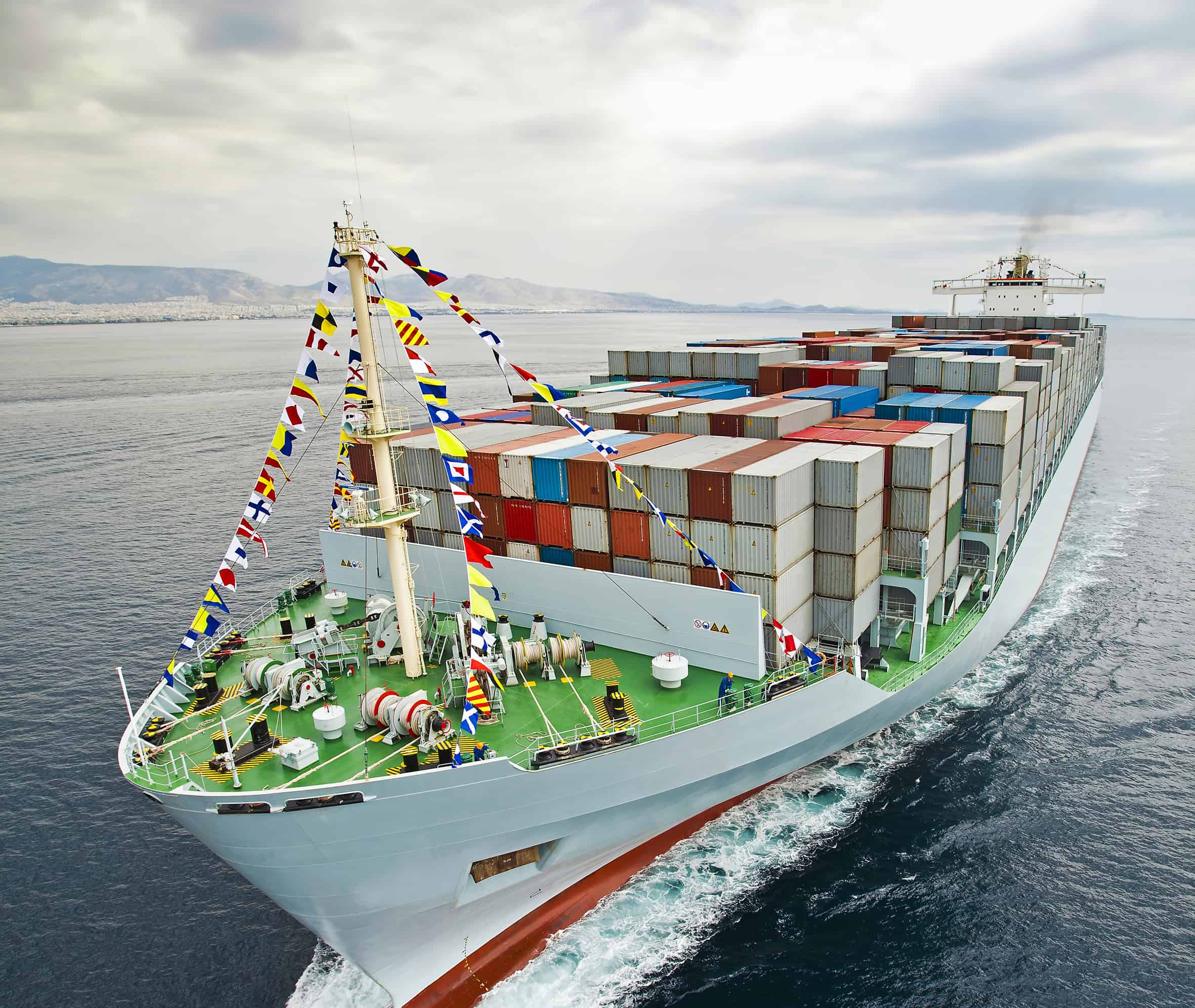Recent attacks by Yemen’s Houthi rebels in the Red Sea and the Gulf of Aden are forcing marine cargo carriers to avoid these shipping lanes and instead sail all the way around the Cape of Good Hope. But the spillover from Israel’s war in Gaza is causing havoc around the world, not just for shipping companies but for the entirety of global trade, resulting in port congestion, delays in goods reaching their final destinations and soaring shipping costs. The Freightos and Drewry global shipping cost indices have risen by 150% and 180%, respectively, since December, and Goldman Sachs has forecast that crude oil could potentially reach $100 a barrel due to ongoing disruption.
These factors are squeezing the bottom line at many global companies this year, forcing CFOs to redouble their supply chain management efforts.
Why the CFO?
“It’s one of those things that happens in one area but cascades through the rest of the business,” says Sean Fitzgerald, senior research director of the Finance Executive Advisory Practice at The Hackett Group. “Physical supply chain volatility clearly has an operational implication, which has a financial set of implications, including cost profile implications around where the business is staffed, where you spend money and where you’re looking to save money. You have this real-world set of dynamics that permeate all these other dimensions.”
So, what are companies and their finance chiefs doing to manage the impact of yet another round of supply chain disruptions?
Pricing And Natural Hedges
For Ali Sarfaraz, global controller at Qikiqtaaluk Corporation, a Canadian exporter of lobster, shrimp and other fishery products, anything affecting cost structure gets pushed forward.
“We sell all our product through a marketing company in Europe, which then distributes it mainly in China and the EU,” he explains. “For us, our catch and processing costs are fixed through binding agreements, but the variable marketing and distribution costs have gone up by anywhere from 10% to 15%. Given the nature of our industry, there’s not much we can do about it, other than push prices forward.”
To reduce the impact, QC has implemented a natural hedge. “We pay our fixed costs and any other costs in our local currency, but we sell our product in US dollars,” Sarfaraz says. “This always gives us a nice cushion for circumstances beyond our control.”
Other companies are bringing to bear lessons they learned during the Covid-19 pandemic. In the wake of the pandemic-induced economic slowdown, Estee Lauder worked to eliminate the traditional long distribution haul between the US, Europe and Asia, says Julie Teh, the company’s senior vice president of Finance Digital Transformation.
“We’ve restructured our manufacturing footprint, opening several locations in China, India and Japan and moving our product closer to our growth markets,” she says. “That in part is how we’ve protected ourselves from these black swan events.”
Scope Creep Sets In
These kinds of organizationwide shifts are where the CFO comes in.
“The CFO has 360-degree vision into the potential financial and strategic impacts across the enterprise,” says Courtney Rickert McCaffrey, global insights leader at EY Geostrategic Business Group, “and can be instrumental in building scenarios around these types of risk and the potential impacts on their companies.”
The CFO’s job expands into coordinating internally between different teams.
“What we often find is there are pockets of geostrategic activity going on within companies, but that the different teams might not necessarily be collaborating,” McCaffrey notes. “CFOs can help ensure that everyone is working together, rowing in the same direction in the same boat.”
This includes forging tighter ties with supply chain managers, says Fitzerald.
“It’s really important that the CFO and the entire executive suite are clearly aligned on what incentives people should have that are consistent with these supply chain challenges,” he says. “You need to make sure that you don’t have different parts of the organization working against one another because they have misaligned objectives in relation to inventory optimization.”
CFOs should also be looking carefully at their currency hedging strategies, says Josh Nelson, principal of Strategy & Operations at the Hackett Group.
“You can use treasury as one of the cost-management levers to pull,” he suggests. “If you’ve got local currency issues related to either the procurement of raw materials, or even the costs around packaging and transporting those materials, that’s purely a finance lever to mitigate cost variability.”
CFOs should also consider factoring receivables to smooth this year’s cash flow, Nelson adds. “If companies have to hold more inventory in order to ensure stability or relative stability of supply, or if they have liquidity concerns due to increased costs, then factoring is certainly something that the CFO is going to look at.”
It’s About Intelligent Cost Management
The impact of shipping delays on the bottom line is forcing companies to focus more on working capital.

chain disruptions, other than push prices forward.
“Companies should be reining in days sales outstanding (DSO), getting collections in place,” Nelson advises. “On the flip side, we should see companies trying to push out days payable outstanding (DPO) to help improve their cash positions in the face of rising costs.
Also, when it comes to inventory, he adds, “it’s like a pendulum this year.” “During the early days of the pandemic, there was no inventory in the system. Then the pendulum swung the other way where companies bloated up their warehouses. They wanted to make sure they had coverage with the goal of hedging against supply risk and maintaining supply continuity. But in doing so, they lost focus on optimizing inventories, in other words placing inventories at the right location to drive appropriate service levels without bloating the balance sheet.” This year, inventory optimization should be a key priority for CFOs, he advises. “They may not directly control it, but they can partner with their operations and supply chain counterparts and really drive down inventory, reduce working capital costs and overall operating costs.”
“At the end of the day, it’s all about intelligent cost management,” says Fitzerald. “Figuring that out is not about just cutting costs wholesale; it’s about focusing on near-term benefits without putting long-term capability at risk.”




